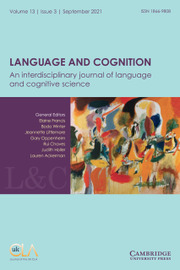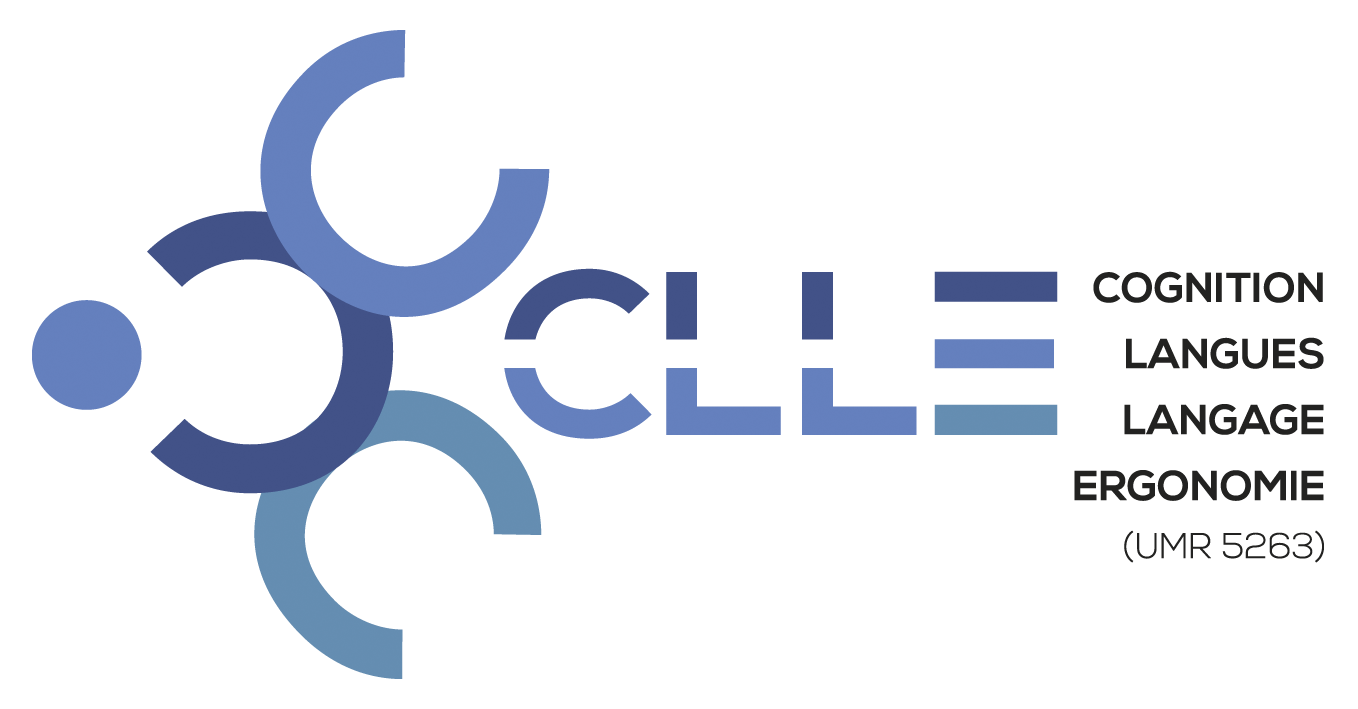-
Partager cette page
Processing manner under high cognitive pressure: Evidence from French–English and English–French simultaneous interpreting
Language and Cognition, 1–29
Publié le 28 mars 2024 – Mis à jour le 6 juin 2024
Combe, C. (CLLE) & Stosic, D. (CLLE)
doi :10.1017/langcog.2023.74


The expression of manner has been extensively studied in the case of motion event descriptions, unveiling significant typological differences between satellite-framed and verb-framed languages and cognitive differences between speakers of these languages. However, far from being restricted to this semantic domain, the expression of manner extends to other types of event descriptions and across virtually all verb classes. In this paper, by considering all the means of expressing manner and grounding our research in a domain-independent definition of this component, we investigate the expression and the transfer of manner under high cognitive pressure as evidenced by corpus data from French–English (FE) and English–French (EF) simultaneous interpreting. Unexpectedly, both French and English displayed an overall cross-domain preference for the verbal-lexical coding of manner in event descriptions, while still differing in the degree to which it was favored. In addition, although our study does not allow a direct measure of cognitive load, the FE interpreters transfer more manner from the source to the target speeches than the EF interpreters do, despite high pressure on cognitive resources, supporting the claim that manner can be cognitively more salient and accessible for English than for French speakers, not only in the domain of motion but also at a more general level, potentially in any semantic domain.





